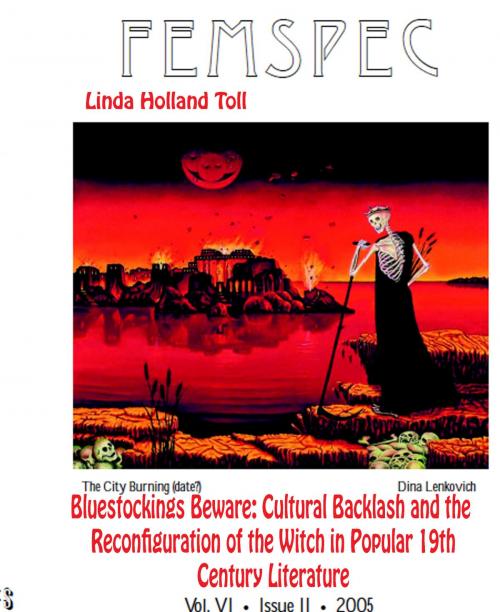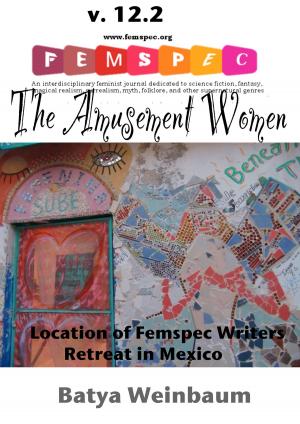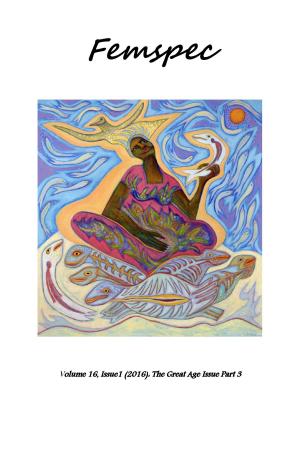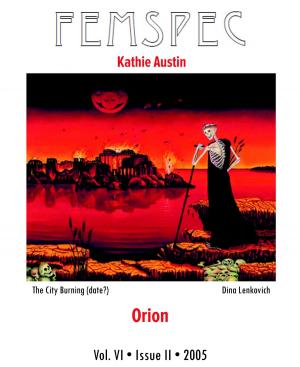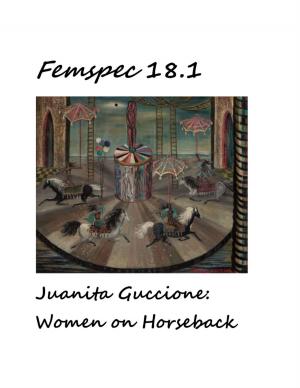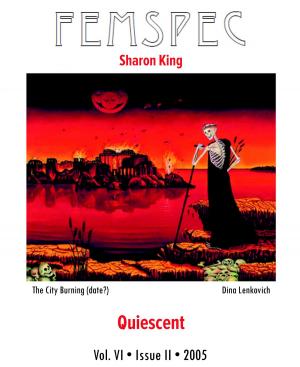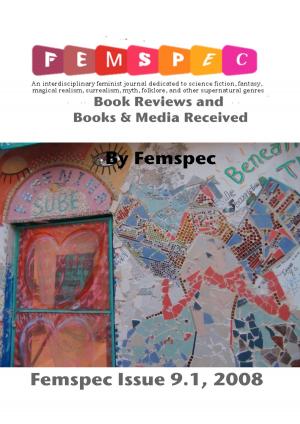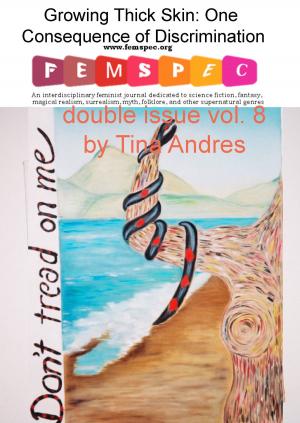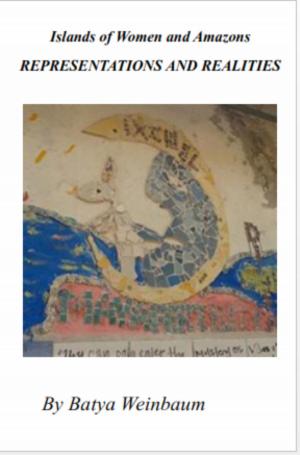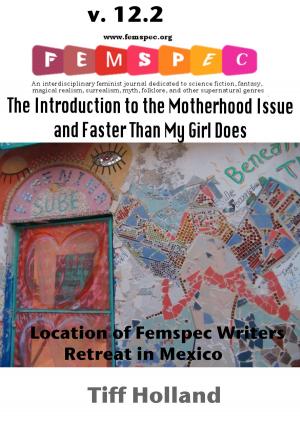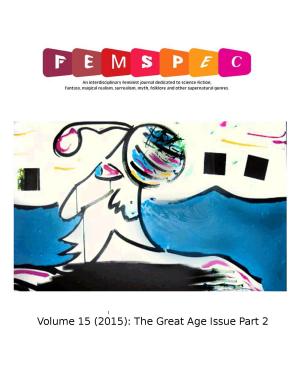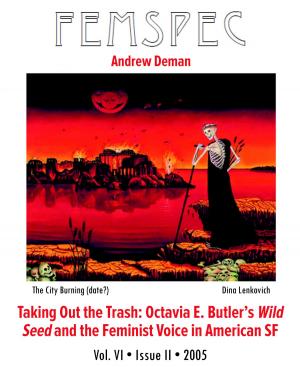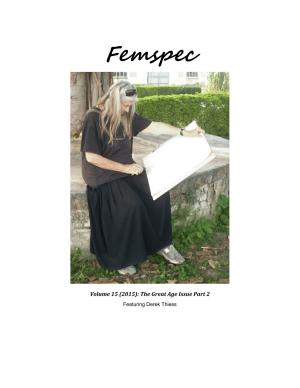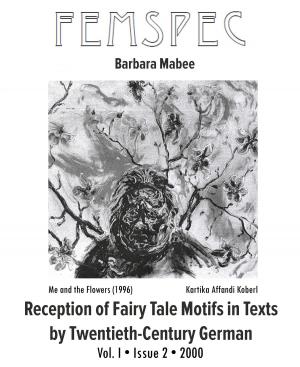Bluestockings Beware: Cultural Backlash and the Reconfiguration of the Witch in Popular Nineteenth-Century Literature. Femspec Issue 6.2, 2005
Nonfiction, Social & Cultural Studies, Social Science, Gender Studies, Women&, Fiction & Literature, Essays & Letters, Essays| Author: | Linda HollandToll | ISBN: | 9781310694509 |
| Publisher: | Femspec Journal | Publication: | March 3, 2015 |
| Imprint: | Smashwords Edition | Language: | English |
| Author: | Linda HollandToll |
| ISBN: | 9781310694509 |
| Publisher: | Femspec Journal |
| Publication: | March 3, 2015 |
| Imprint: | Smashwords Edition |
| Language: | English |
"One of the plague sites was a group of stories I read in which bluestockings, i.e., educated women, were associated in some manner with witchcraft. The linkage was interesting, but contradictory. Most bluestockings were middle to upper class urban women with formal education, while the most common, but not necessarily the most accurate, cultural archetype of witches was the village granny or the wise woman of the woods, good for spells and charms and herbal remedies as well as for the practice of evil in association with the devil... how did this conflation come to be?
To examine this idea, I decided to view four nineteenth-century short stories that reflect this cultural linkage through the looking glass of narratives of American witch-hunting, Puritan theology, and the history of women’s changing roles in mid-nineteenth century America. The main conflations stand revealed as possession of knowledge inappropriate for women, i.e., religious learning, or book knowledge or knowledge of healing."
"One of the plague sites was a group of stories I read in which bluestockings, i.e., educated women, were associated in some manner with witchcraft. The linkage was interesting, but contradictory. Most bluestockings were middle to upper class urban women with formal education, while the most common, but not necessarily the most accurate, cultural archetype of witches was the village granny or the wise woman of the woods, good for spells and charms and herbal remedies as well as for the practice of evil in association with the devil... how did this conflation come to be?
To examine this idea, I decided to view four nineteenth-century short stories that reflect this cultural linkage through the looking glass of narratives of American witch-hunting, Puritan theology, and the history of women’s changing roles in mid-nineteenth century America. The main conflations stand revealed as possession of knowledge inappropriate for women, i.e., religious learning, or book knowledge or knowledge of healing."
